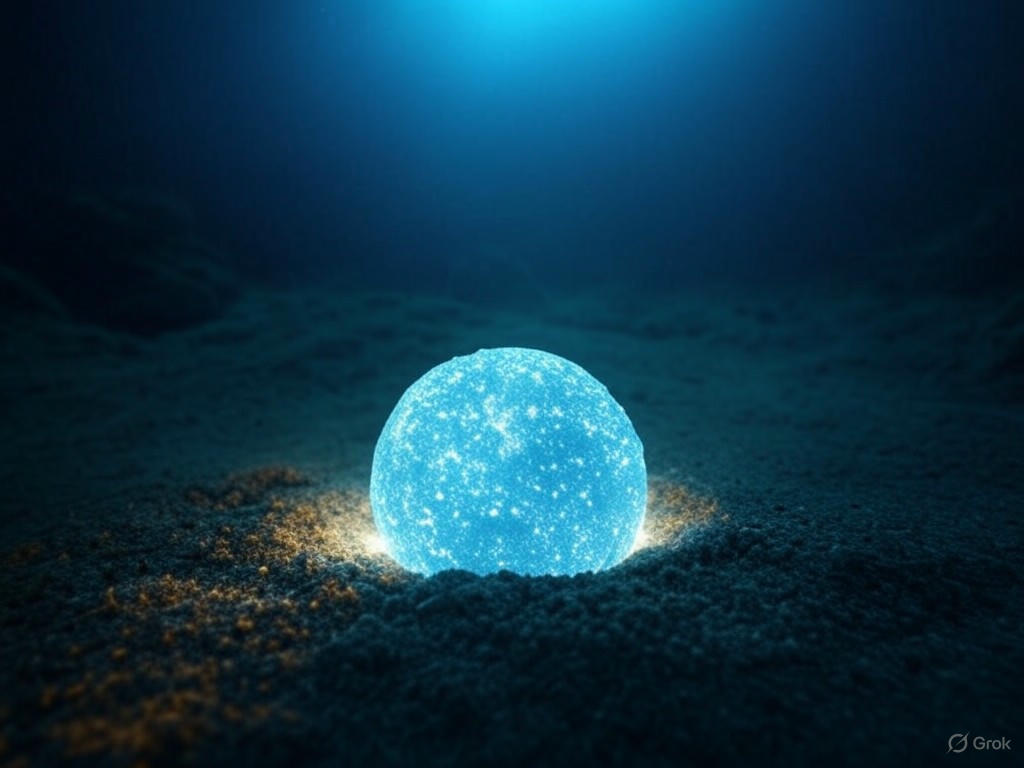Cosmic Intruder: Uncovering a Particle from the Universe’s Edge in the Mediterranean Depths
In a remarkable feat of scientific discovery, researchers have identified a particle from the outermost reaches of the cosmos, nestled in the dark, silent depths of the Mediterranean Sea. This extraordinary find, made possible by cutting-edge underwater technology, opens a new window into understanding the universe’s most elusive mysteries. The detection occurred at an astonishing depth of over 2,400 meters, where the KM3NeT telescope—an innovative array designed to capture faint traces of cosmic phenomena—picked up the faint signature of this otherworldly visitor. This event, recorded earlier in 2023, marks a significant milestone in the field of astrophysics, bridging the vast expanse of space with the hidden realms beneath our oceans.
The particle, believed to be a high-energy neutrino, is thought to have originated from a cataclysmic event billions of light-years away, possibly a supernova or a black hole collision. Neutrinos are notoriously difficult to detect due to their ability to pass through matter almost undetected, earning them the nickname ‘ghost particles.’ Yet, their journey across the universe carries invaluable information about cosmic events that shaped the early cosmos. The KM3NeT telescope, submerged off the coast of southern Europe, uses thousands of sensitive detectors to spot the rare interactions of these particles with water molecules, producing faint bursts of light that betray their presence. This underwater observatory, shielded from cosmic noise and earthly interference, provides an unparalleled vantage point for such discoveries, turning the Mediterranean into a portal for cosmic exploration.
What makes this detection particularly thrilling is its implications for science. By studying these particles, researchers hope to unravel the origins of cosmic rays, understand the violent processes powering distant galaxies, and even test theories of fundamental physics. The data collected from this single particle could help confirm or challenge existing models of how the universe operates at its most extreme scales. Beyond the scientific community, this discovery serves as a reminder of humanity’s relentless curiosity and ingenuity—transforming the sea floor into a laboratory for exploring the stars. It also highlights the importance of international collaboration, as the KM3NeT project unites scientists from across the globe in a shared quest for knowledge.
As we stand on the brink of new cosmic revelations, this particle from the edge of the universe is more than just a scientific curiosity; it is a messenger from the unknown, whispering secrets of creation itself. Future detections by underwater telescopes like KM3NeT could further illuminate the hidden forces shaping our reality, reminding us that even in the darkest depths, the light of discovery shines bright. This extraordinary find in the Mediterranean is not just a triumph of technology but a testament to the boundless potential of human exploration, reaching from the ocean’s abyss to the farthest stars.


